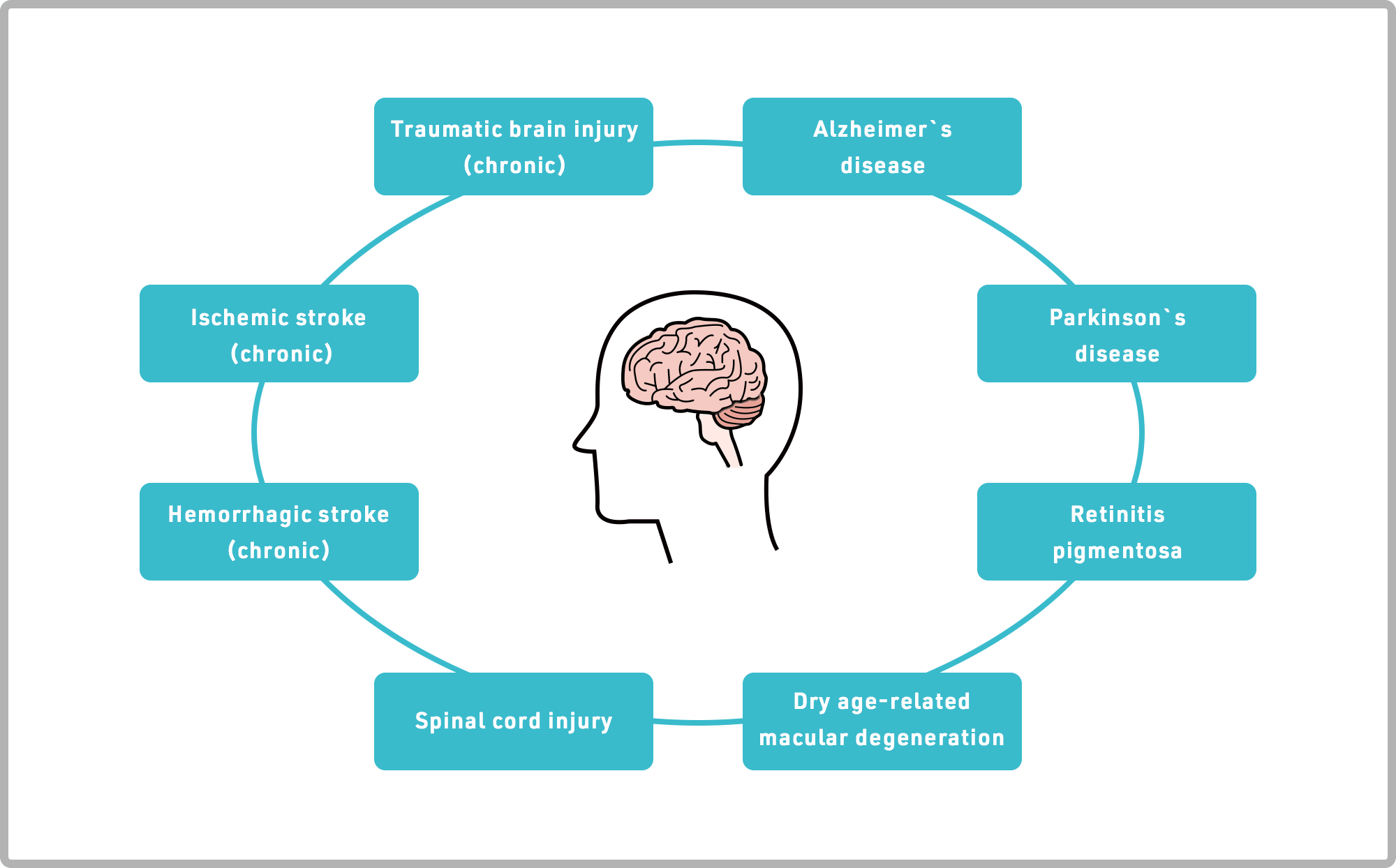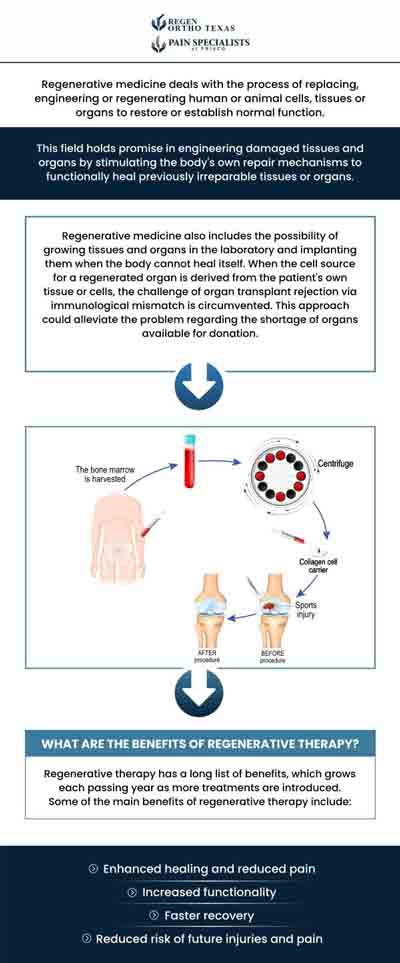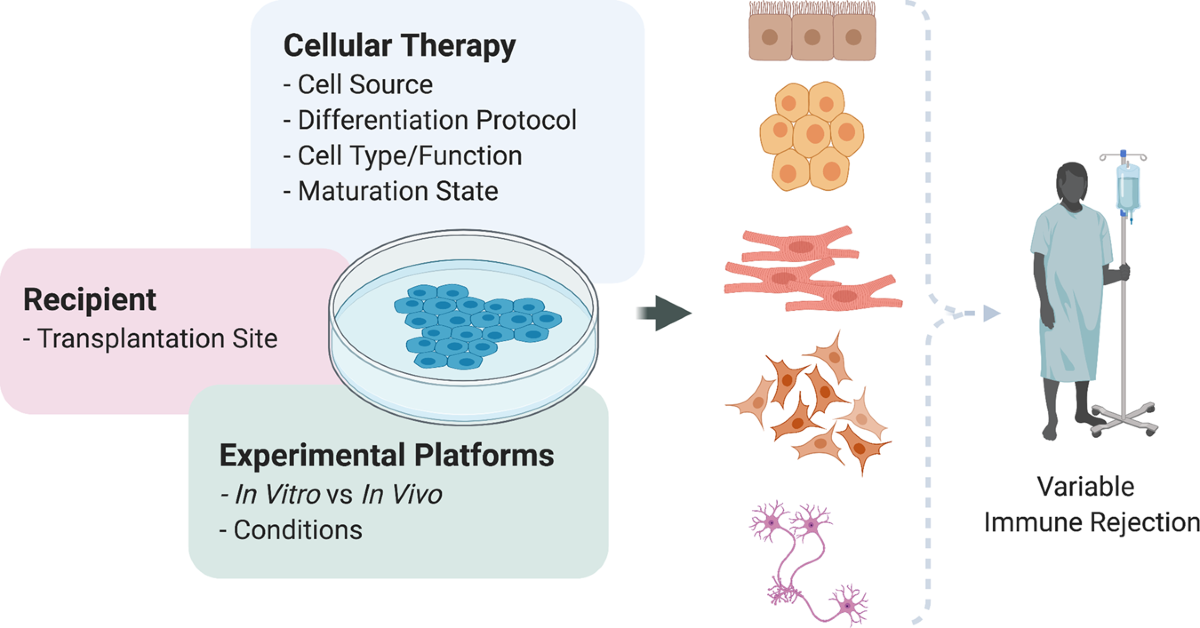Table of Contents

[/image][=video]
[/video]
There are numerous sorts of stem cells. As a whole, the term stem cell describes a category of cells that give surge to other cells (like skin, blood, heart, and muscle cells) by reproducing and distinguishing in reaction to chemical hints. Totipotent stem cells appear at the earliest stage of development and are the only stem cells which can create beginning stem cells and the placenta.
Bone marrow transplant (BMT) is a special therapy for individuals with specific cancers or other illness. A bone marrow transplant involves taking cells that are generally found in the bone marrow (stem cells), filtering system those cells, and providing back either to the benefactor (individual) or to one more person. The objective of BMT is to transfuse healthy and balanced bone marrow cells into an individual after his or her very own undesirable bone marrow has actually been treated to eliminate the abnormal cells.
Bone marrow is the soft, squishy cells discovered inside bones. It is where a lot of the body's blood cells create and are saved. The blood cells that make various other blood cells are called stem cells. The most primitive of the stem cells is called the pluripotent stem cell. This is different than various other blood cells when it come to the complying with buildings: It is able to reproduce another cell identical to itself.
It is the stem cells that are needed in bone marrow transplant. The objective of a bone marrow transplant is to cure lots of diseases and kinds of cancer. When the dosages of chemotherapy or radiation needed to heal a cancer are so high that an individual's bone marrow stem cells will certainly be permanently damaged or damaged by the therapy, a bone marrow transplant might be required.
Stem Cell Therapy
This process is typically called rescue. Replace bone marrow with genetically healthy and balanced functioning bone marrow to prevent even more damages from a hereditary condition process (such as Hurler's syndrome and adrenoleukodystrophy). The dangers and benefits must be evaluated in an extensive discussion with your health care company and professionals in bone marrow transplants prior to the procedure.
There are various types of bone marrow transplants relying on who the benefactor is. The various kinds of BMT consist of the following: The benefactor is the patient himself or herself. Stem cells are extracted from the person either by bone marrow harvest or apheresis (a process of gathering peripheral blood stem cells), frozen, and after that repaid to the person after extensive treatment.
The benefactor shares the very same genetic kind as the person. Stem cells are taken either by bone marrow harvest or apheresis from a genetically matched donor, typically a bro or sis. Other contributors for allogeneic bone marrow transplants might consist of the following: A haploid-identical match is when the contributor is a moms and dad and the genetic suit goes to the very least half identical to the recipient.

Matching includes inputting human leukocyte antigen (HLA) tissue. The antigens on the surface of these unique leukocyte determine the genetic makeup of an individual's body immune system. There are at the very least 100 HLA antigens; however, it is thought that there are a few major antigens that identify whether a contributor and recipient suit.
Medical study is still investigating the duty all antigens play in the procedure of a bone marrow transplant. The even more antigens that match, the better the engraftment of contributed marrow. Engraftment of the stem cells happens when the given away cells make their method to the marrow and begin making new members cells.
Stem Cell Therapy servicing Allen Park
All individuals work with each other to give the most effective chance for a successful transplant. The group contains the following: Doctor who specialize in oncology, hematology, immunology, and bone marrow transplant. A registered nurse who organizes all facets of treatment offered prior to and after the transplant. The registered nurse coordinator will certainly supply client education, and collaborates the diagnostic screening and follow-up care.
Specialists who will certainly aid you satisfy your dietary demands prior to and after the transplant. Several other group members will certainly evaluate you prior to transplant and will offer follow-up care as required.

A full case history and physical examination are executed, consisting of multiple examinations to evaluate the person's blood and body organ features (for instance, heart, kidney, liver, and lungs). An individual will typically come into the transplant facility as much as 10 days before transplant for hydration, analysis, placement of the central venous line, and various other preparations.
For an allogeneic transplant, an ideal (tissue entered and matched) contributor needs to be readily available. Volunteer marrow contributors are registered in numerous nationwide and worldwide pc registries.
Benefactor sources offered consist of: self, brother or sister, parent or relative, nonrelated person, or umbilical cable from an associated or nonrelated individual. There are nationwide and global pc registries for nonrelated individuals and cord blood.
Medical Group servicing Allen Park
Tests connected to his/her health, exposure to viruses, and hereditary analysis will be done to identify the degree of the match. The donor will be offered instructions on just how a bone marrow contribution will be made. Once a match for a patient needing a bone marrow transplant is discovered, after that stem cells will certainly be accumulated either by a bone marrow harvest.
Or by a peripheral blood stem cell collection. This is where stem cells are collected from the flowing cells in the blood.
Navigation
Latest Posts
Menopause Treatment
Stem Cell Therapy
Perimenopause Treatment servicing Allen Park